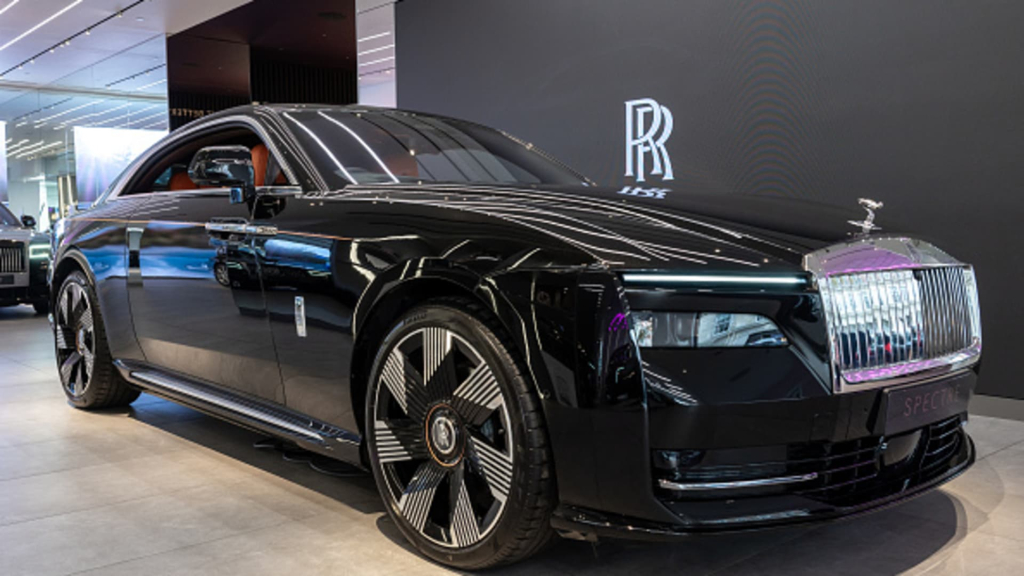Republican lawmakers are actively pursuing a tax incentive that aligns with former President Donald Trump’s campaign pledge, aiming to alleviate the financial burden of car loan interest for American drivers. However, economists are raising concerns that the proposed benefits may be minimal for most households.
As part of the proposed “One Big Beautiful Bill Act,” House and Senate Republicans plan to enable drivers to claim a tax deduction of up to $10,000 on the annual interest of new auto loans. This tax break, however, is intended to be a temporary measure, set to expire after 2028.
According to Jonathan Smoke, chief economist at automotive research firm Cox Automotive, very few drivers actually incur such high annual interest payments. “It’s pretty rare,” he commented, noting that loans reaching that threshold are typically reserved for high-end “exotic” vehicles.
A ‘laundry list of exotic names’
What size of a loan would be necessary to benefit from the full deduction?
Smoke indicated that a loan amount of approximately $112,000 would be required to make full use of the $10,000 deduction during the initial year of ownership. However, data from Cox Automotive reveals that only about 1% of new auto loans reach this magnitude.
Individuals looking at loans of this size are typically purchasing vehicles from a diverse range of high-end brands, including Rolls-Royce, Ferrari, Bentley, Aston Martin, Lamborghini, McLaren, Porsche, Land Rover, Cadillac, Maserati, Lotus, and Mercedes-Benz.
Smoke’s assessment is based on common lending terms—a 72-month loan at an average interest rate of around 9.5%, along with a 10% down payment and other fees like taxes and registration. This scenario suggests an average vehicle purchase price of about $130,000, with monthly payments likely exceeding $2,000.
More from Personal Finance:
The salary Americans estimate they need for comfortable living
Rising electricity prices impact U.S. households
Tax reform proposals eliminate numerous clean energy incentives
Incorporated into a comprehensive domestic policy initiative, House Republicans advanced the auto loan interest tax break within the “One Big Beautiful Bill Act,” which passed narrowly along party lines in May. The Senate is expected to deliberate a similar proposal in the near future.
Experts note that the likelihood of households claiming the full benefit is diminished due to income restrictions outlined in both legislative versions. Once an individual’s income crosses $100,000—$200,000 for joint filers—the value of the tax deduction decreases, limiting accessibility for many potential beneficiaries.
Furthermore, those with income exceeding $150,000 (or $250,000 for married couples) would no longer gain any financial advantage from the tax break, according to the Institute on Taxation and Economic Policy.
Additionally, qualifying vehicles must be assembled in the U.S. to meet current legislative requirements, which may further narrow the list of eligible cars.
The average car loan and interest charges
As of 2025, the average auto loan sits at around $43,000 based on Cox Automotive data. In contrast, under the proposed tax framework, an average buyer would find themselves eligible for a tax deduction of around $3,000 in the first year for a six-year loan (with an estimated annual deduction of about $2,000 throughout the loan period).
However, it’s important to recognize that this deduction does not equate to a direct cash benefit; instead, it translates to a reduction in taxable income. Smoke explained, “The math basically indicates you’re talking about a financial benefit of $500 or less in the first year,” with diminishing returns in subsequent years, which would be less than the average monthly payment on a new auto loan.


























